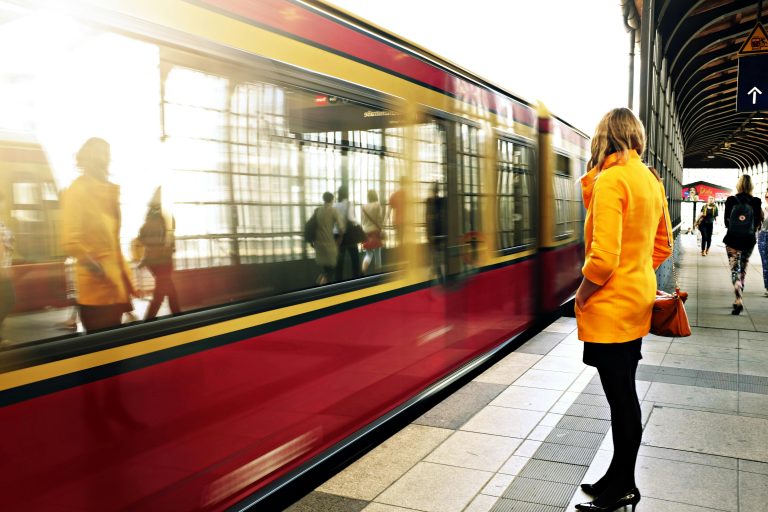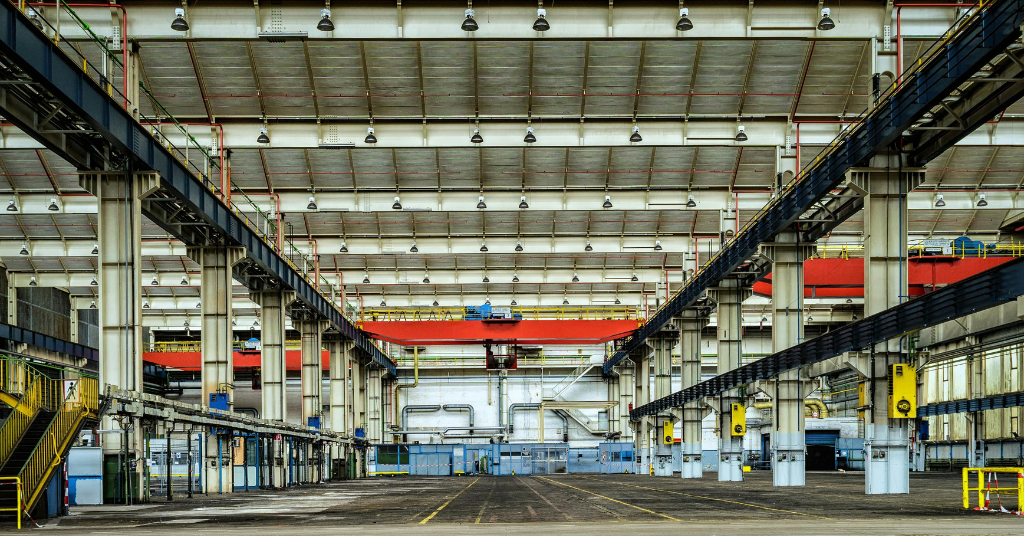One of the biggest concerns about the Fit for 55 package is how it affects the cost of living for the average European. While long-term benefits include a cleaner environment and more energy independence, there are short-term financial challenges to consider.
1. Energy costs
With the EU phasing out coal and reducing reliance on natural gas, initial energy costs could rise. However, investments in renewables are expected to drive down electricity prices in the long term. By 2030, wind and solar could cover 70% of the EU’s electricity demand, reducing dependence on volatile fossil fuel markets.
2. Transportation costs
The push for EVs means higher upfront costs for consumers. However, with government subsidies and declining battery prices, EVs could be cheaper than gasoline cars by 2027. Fuel-efficient public transport expansion will also help cut commuting costs.

3. Home renovation costs
The EU’s Energy Performance of Buildings Directive requires home renovations to improve energy efficiency. While this means short-term costs for insulation and heat pumps, homeowners can save up to 30% on energy bills annually.
How to prepare
- Take advantage of government incentives: Many countries offer subsidies for solar panels, heat pumps, and EV purchases.
- Invest in energy-efficient appliances: Upgrading to efficient models can cut electricity bills by 20%.
- Use public transportation: More EU funding for trains and buses means more affordable options.
The Fit for 55 package is a bold step toward a greener Europe, but it requires adaptation from citizens and businesses alike. Understanding the financial impact and preparing for the transition can help households make the most of the available opportunities.




